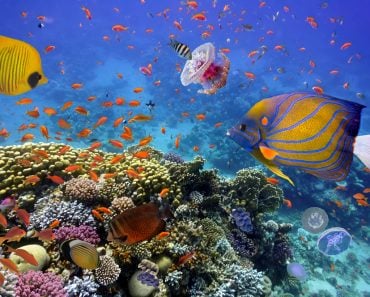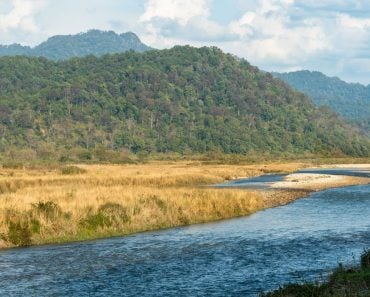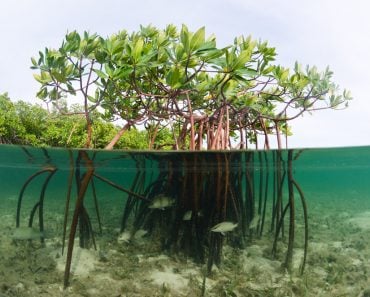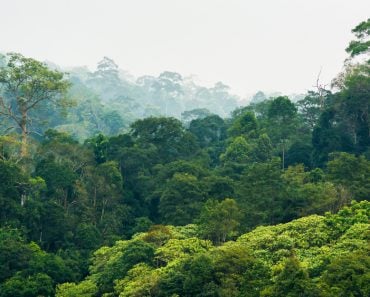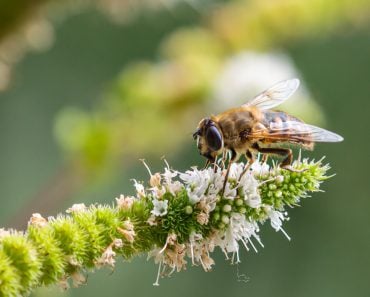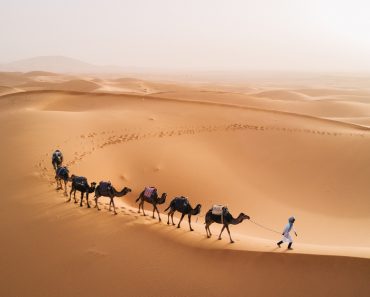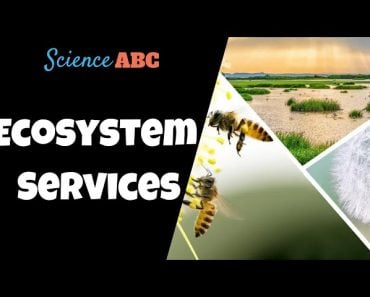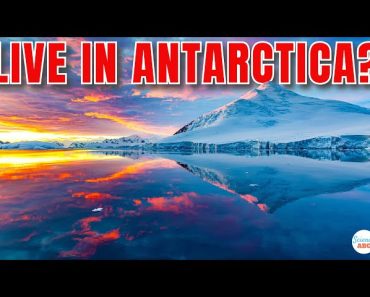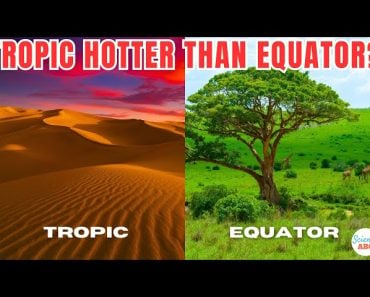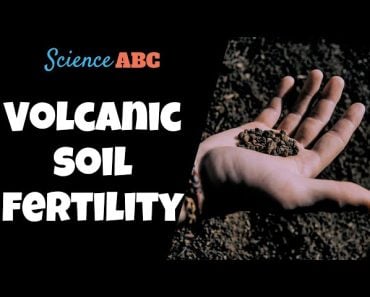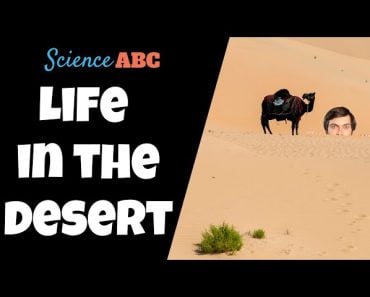Table of Contents (click to expand)
The different biomes of the world are Tropical Rainforest, Temperate Forest, Desert, Tundra, Boreal Forest or Taiga, Grassland, Savannah, Freshwater and Marine.
Have you ever looked at the world map and considered how diverse our planet is in terms of landscape? We have ice caps at the polar ends, and then below them, we have temperate regions. Going even lower in latitude, we find rainforests like the Amazon and deserts like the Sahara. Think about your closet… don’t you have clothes categorized based on the seasons? When winter comes, you take out your warm clothes and in summer, you put on the floral dress. Since humans always have the need to categorize information, we have divided our global landscapes into different categories, known as biomes.
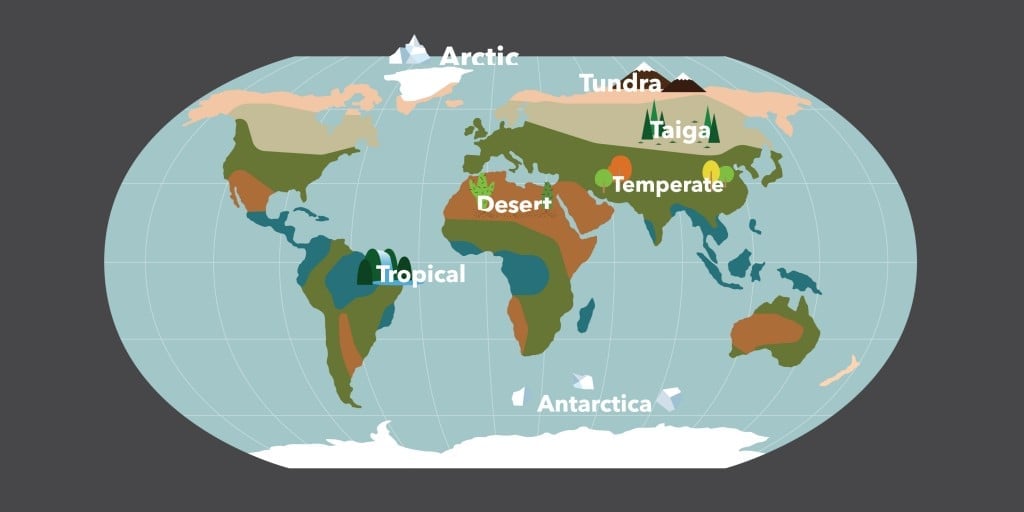
Recommended Video for you:
What Are Biomes?
Biomes are regions or landscapes of the world that are divided on the basis of climatic conditions, vegetation, and adaptation of flora and fauna. The regions with ice caps, like the Arctic, are known as Tundra, the Amazon is a tropical rainforest, while grasslands, savannah and aquatic biomes exist around the world as well. The categorization of biomes is not fixed. The number can range from 9-20 biomes, depending on how you categorize it.
Why Can’t We Have Fixed Biomes?
Well, consider different genres of movies. Some are pure adventure, while some are thrillers, but some are psychological thrillers, and some are just plain horror. These words are similar, but there is a slight difference, right? Now, let’s apply this to biomes. Think of forests, what are you visualizing? A dark, wet canopied forest like the Amazon or a boreal region with pine trees, deer and bears? Both are forests, but would you say that they’re the same?
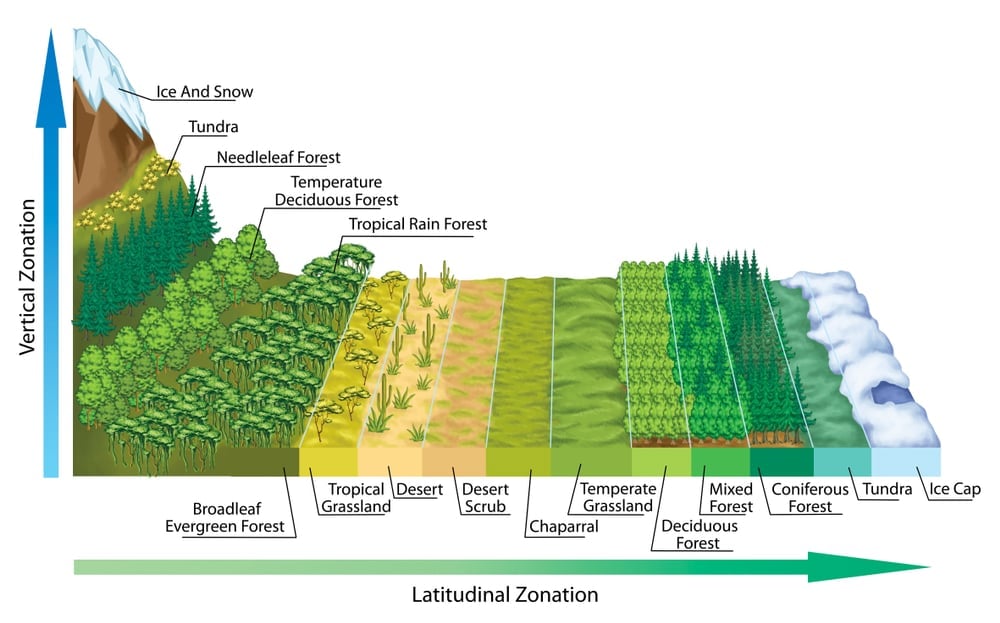
Look at the definition of biomes again. It says regions with similar vegetation and adaptations of organisms. Do you think a grizzly bear would have the same adaptations as a jaguar in the Amazon? No! A bear hibernates, but a jaguar doesn’t. Or would the tall canopied trees of the Amazon have similar adaptations to pine trees? Of course not! Therefore, they both belong to subcategories of “forests”. Hence, the Amazon is known as a “rainforest” because it is a typical tropical forest that receives plenty of rain, whereas pine tree-laden areas that are occasionally covered with snow are called “temperate forests”.
Biomes Of The World
Broadly, we can categorize biomes into two main headings: terrestrial (land) biomes and aquatic (water) biomes. Going with the 9-20 biomes, let’s learn about the 9 main biomes of the world: Tropical Rainforest, Temperate Forest, Desert, Tundra, Boreal Forest or Taiga, Grassland, Savannah, Freshwater and Marine.
Tropical Rainforest
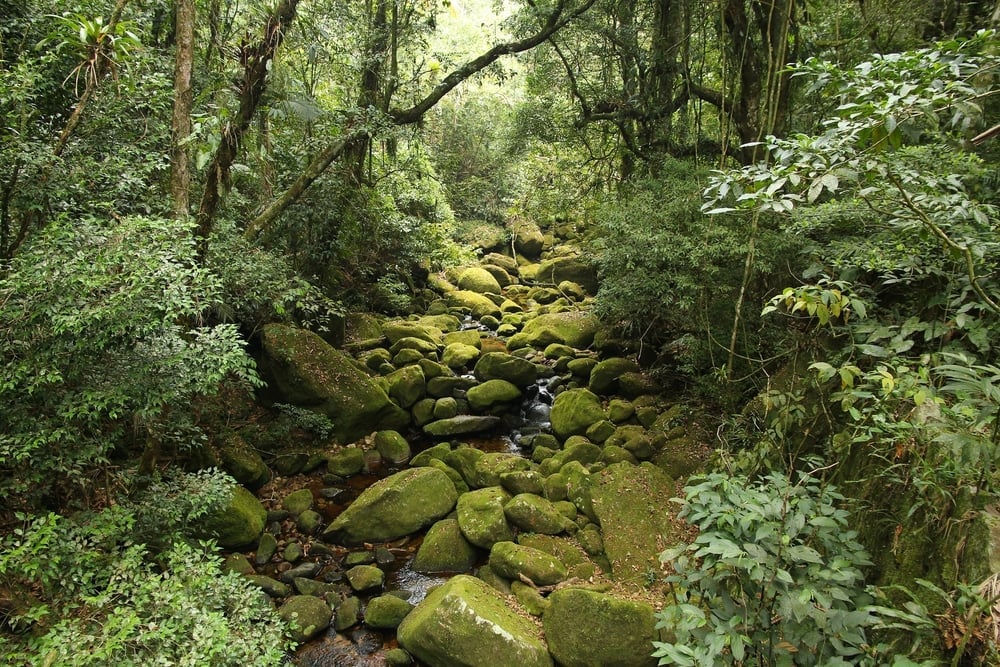
Tropical rainforests boast a majority of diverse species. These areas lie between the 23.5 degrees N and 23.5 degrees S latitude. In terms of season, such forests have only two seasons: wet and dry. Winter is absent. The average temperature is usually 20-25 degrees Celsius. Precipitation (rainfall) is above 2000 mm, thus earning them the name ‘rainforests’. The trees have huge canopies, making penetration of sunlight difficult and giving the space an eerie look. Trees are evergreen (have leaves all year round) and an average height of 25-35 m. Orchids, palms, vines, ferns, and mosses are found here. The fauna consists of myriad bird species, bats, small mammals, snakes, jaguars, monkeys etc.
Temperate Forests
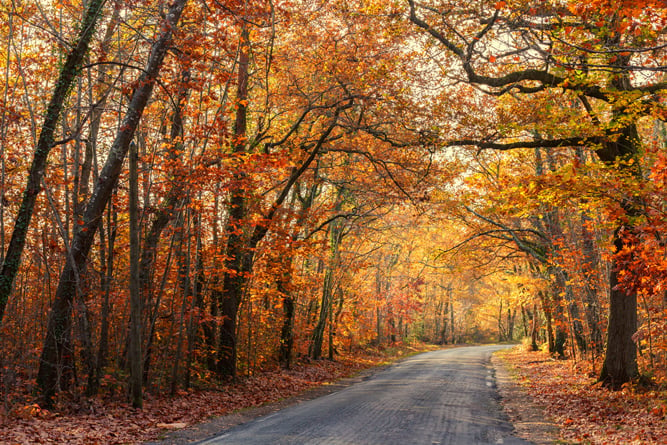
You will find temperate forests in North America, Northeast Asia, western and central Europe. Unlike tropical rainforests, temperate forests have well defined seasons, meaning that there is a distinct winter, 140-200 days of a growing season and 4-6 frost-free months. Unlike the evergreen trees in rainforests, the trees here are deciduous, meaning that they shed their leaves annually. Temperature varies greatly, from -30 to 30 degrees Celsius. Trees found in this region are oak, maple, willow, elm, cottonwood, beech and spring-flowering herbs. Black bear, deer, squirrel, fox, skunk, rabbits, mountain lions represent the main fauna of this region.
Taiga Or Boreal Forests
The last category of forests is the taiga, which is the largest terrestrial biome. It is found in the broad belt of Eurasia and North America. The seasons here are a short, moist summer and a long and dry winter. The growing season is roughly 130 days. The temperatures are low and precipitation comes in the form of snow. The flora consists of evergreen conifers, which include pine, spruce and fir. The fauna found here are moose, wolf, deer, bear, weasel, woodpecker and hare.
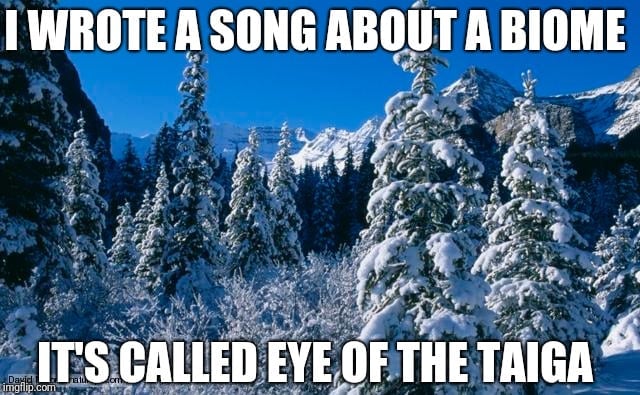
Deserts
The hottest biome of the world, deserts are found in southern Central America, South Asia, parts of Africa and Australia. Deserts have the least precipitation of all biomes and cover 1/5 of the land surface area of Earth. The deserts can be both hot and cold, the hottest being the Sahara in Africa and the coldest being Antarctica. The plants adapt themselves by growing long roots and waxy leaves. The animals bury themselves underground to cool themselves and can survive with minimal water. The animals found here are fox, snakes, lizards, beetles and camel.
Tundra
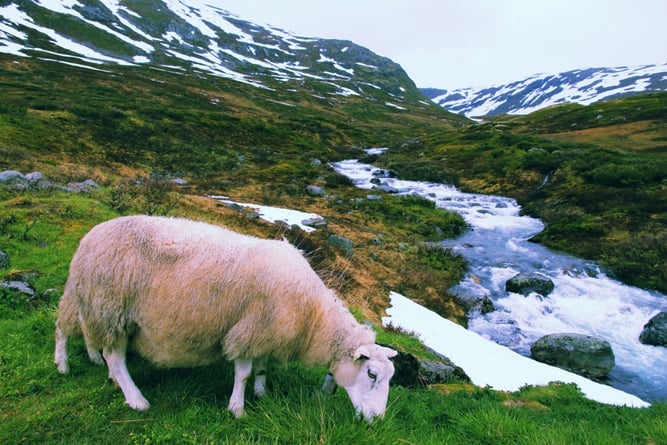
The tundra is the coldest biome and it means “treeless plain”. Tundra is characterized by extremely low temperatures, little precipitation, a short growing season, low biodiversity, and nutrients in the form of dead organic matter. Tundra is divided into two regions: Arctic Tundra and Alpine Tundra. Arctic tundra encircles the north pole and has a permanent layer of ice known as permafrost. This region has 1700 different species of plants, including reindeer mosses, shrubs, sedges and grass. There are also 400 varieties of flowers. Fauna includes polar bear, arctic fox, migratory birds and fish, like salmon and trout.
The alpine tundra is found in the high altitude mountain regions of the world. Trees cannot grow here. The growing season is 180 days. Nighttime temperatures are usually freezing. Fauna like butterflies, grasshoppers, mountain goat, sheep and elk are found here.
Grassland
Grasslands are large areas of land with grass instead of shrubs and trees. Temperate grasslands have hot summers and cold winters. These grasslands are found in South Africa, the plains of central North America and the steppes of the former Soviet Union. There is moderate precipitation and the soil here is dark and fertile. It is also a region of seasonal drought and occasional fires. The flora found here, besides grass, includes oaks, willows and cottonwood in the river valleys. The grassland has many species of grass, such as blue grama, buffalo grass and purple needlegrass. The fauna found here are zebra, gazettes, wild horses, owl, spider hawk, rhinoceros and lions.
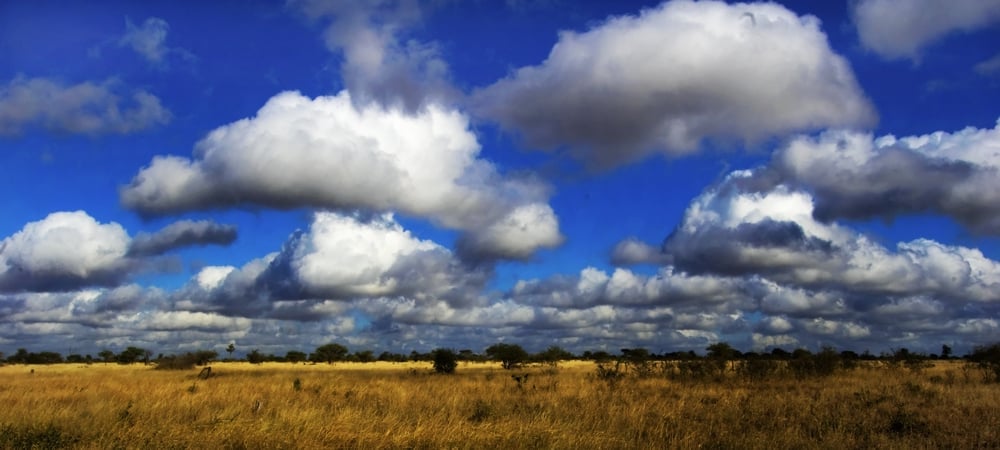
Savannah
Savannahs cover half the surface of Africa, as well as large areas of Australia and India. They are grasslands with scattered trees. The precipitation is for 6-8 months, followed by a period of drought. The soil is porous with rapid water drainage. Savannahs have occasional fires and thunderstorms. The fires become a feast for birds, because it drives away insects, thereby exposing them. Animals in the savannah include elephants, giraffes, hyenas, lions, beetles, cheetah, snakes, kangaroos, leopards, termites and buffaloes.
Freshwater
Water is a common link to all the biomes. It makes up the largest part of the biosphere and occupies 75% of Earth’s surface. Freshwater is a region that is defined by low salt concentration, namely less than 1%. The different types of freshwater regions include ponds, lakes, rivers and wetlands. The biodiversity found here include algae, aquatic plants, plankton, which are crucial for the food chain, turtles, ducks, snakes and more. The fauna in this region are heterotrophs, which means that they feed on dead organisms and use oxygen for cellular respiration.
Marshes, swamps and bogs are part of wetlands. Wetlands are standing water regions, so the plants here are hydrophytes. Some wetlands are not freshwater regions, as they contain salt marshes.
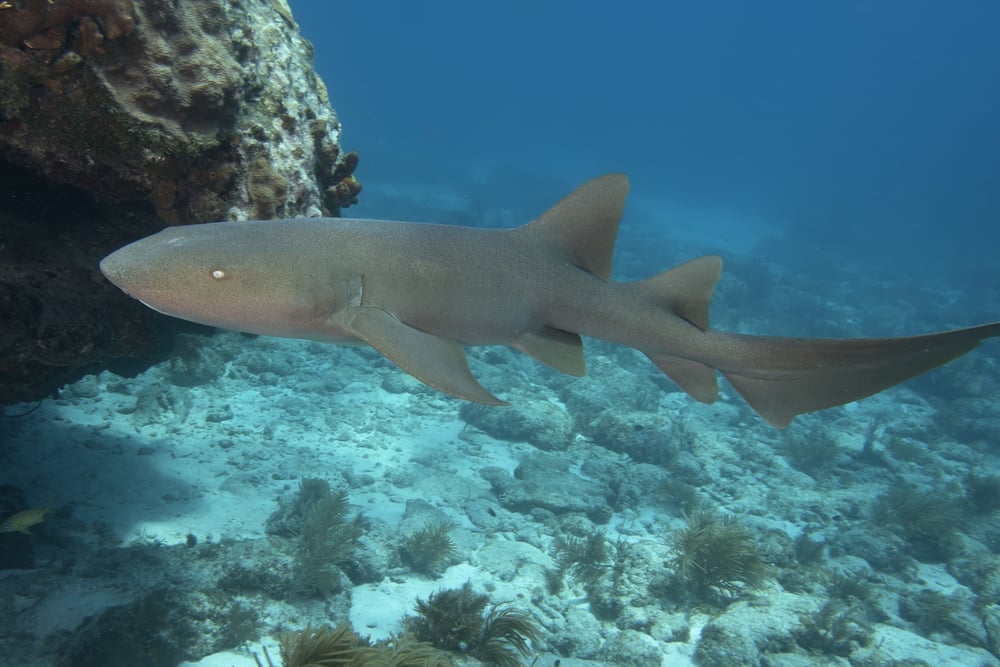
Marine
The marine biome covers ¾ of the Earth’s surface. It includes oceans, coral reefs and estuaries. Marine algae supply most of the world’s oxygen and absorb carbon dioxide. While the forest help in this, they are not nearly as important as the algae in the ocean. This is a vital biome, as the evaporation of seawater supplies precipitation on land. The flora and fauna consist of all aquatic animals, such as octopuses, whales, sharks, jellyfish, sea birds and seaweeds.
Biomes have moved and changed over the course of geologic time. Remember, this planet has gone through a number of ice ages! However, the major cause of change is now human activities which are putting these vital ecosystems under threat. The conservation and preservation of biomes has now become a global concern, from the wildfires in the Amazon and Australia to rising waters in coastal cities around the world!

